Poetry DefinitionNearly 4,000 years have passed since the beginning of poetry. Like other literary genres, poetry is created to impart ideas, express emotions, and generate images. Poets select words based on their meanings and the study of sound, then arrange them in a rhythmic pattern known as the meter. Some poems use rhyme systems, with two or more lines ending in similar words. 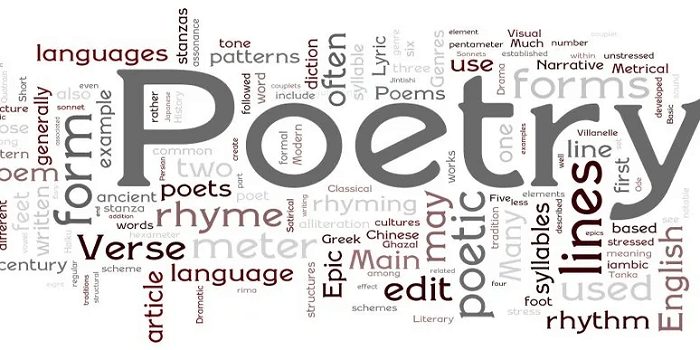
Poetry still plays a significant role in modern art and society. Poetry has a lengthy lifespan and has been read and maintained for decades, from Shakespeare's sonnets to Maya Angelou's intelligent pieces. Definition of PoetryPoetry is a compressed style of writing. It may successfully generate a variety of feelings in the reader as artwork. It can be presented in various forms, from modern free verse to classical rhymed poetry like sonnets. Poetry and music have long been bound together, and poetry uses rhythm. It frequently raises awareness of contemporary issues, including the condition of the environment, yet it may be read for pure enjoyment. The unseen is made visible by a poet. The invisible contains our deepest sentiments and angsts, as well as our pleasures, disappointments, and unresolved concerns about being human. A poet writes with new, original language and is more concerned with the reader's experience than merely with grammatical form. The poet considers how words blend and how they sound individually and musically. Poets primarily show rather than tell, similar to fiction writers. They aim to provide a clear picture of the issue in as few words as possible, opting to explain rather than analyze. The following are the five qualities of a poem such as meter, rhyme, form, sound, and rhythm. A poem often refers to or is about a particular subject or theme. Poets frequently write about the following themes: love; nature; friendship, family, animals, good against evil, maturing and getting older, bravery and courage, bigotry, and conflict. Types Of Poems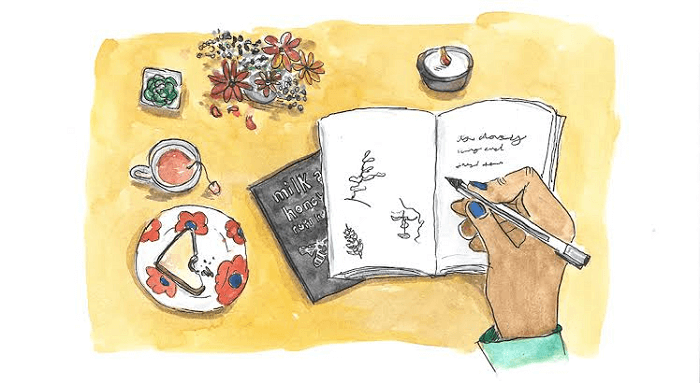
Poetry can take on various forms, and different poets may combine two or more forms, deviate from the conventions of one form, or keep to those patterns to the letter. Every poem is unique and tells a different tale through its use of form. Here refers to some poetic forms or types. 1. Blank Verse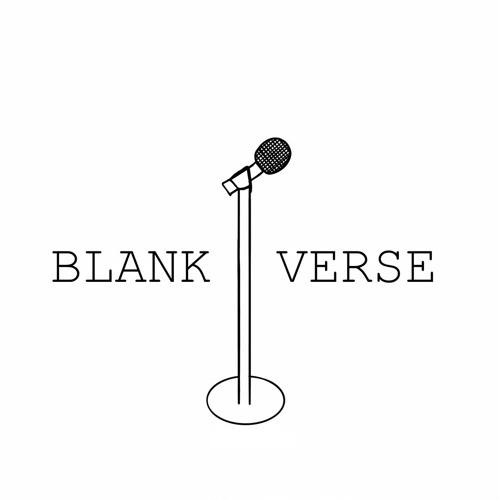
Poetry that is rhymeless and written in a specific meter, such as iambic pentameter, is called blank verse. Shakespeare loved this structure and used it frequently in his plays and sonnets. This kind of poetry was also a favorite of John Milton, whose well-known poem "Paradise Lost" provides a fine illustration. 2. Rhythmic Poetry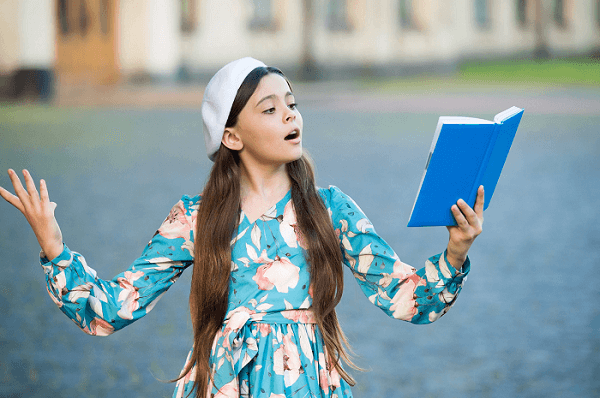
Poetry that rhymes is written in a specific pattern. Rhyming couplets are one of the most widely used rhyme systems, yet each poem may have a different rhyme scheme. People frequently consider it rhymed poetry first when considering any of these other varieties of poetry. 3. Free Verse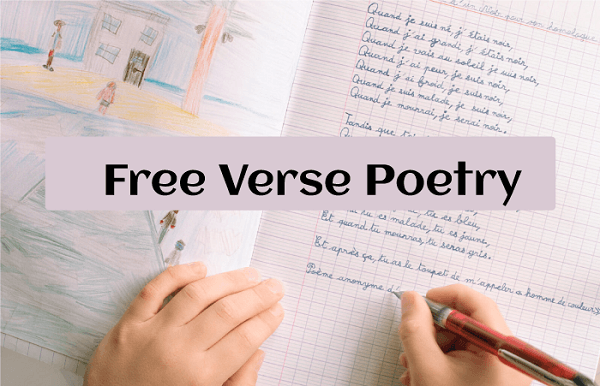
It is Free verse poetry without a fixed rhyme pattern, rhythm, or melodic structure. Because poets blend prose and poetry writing approaches, these poems are also sometimes referred to as prose poetry. Because it doesn't rhyme, free poetry resembles blank verse. Free verse, as opposed to blank poetry, has no meter. 4. Haiku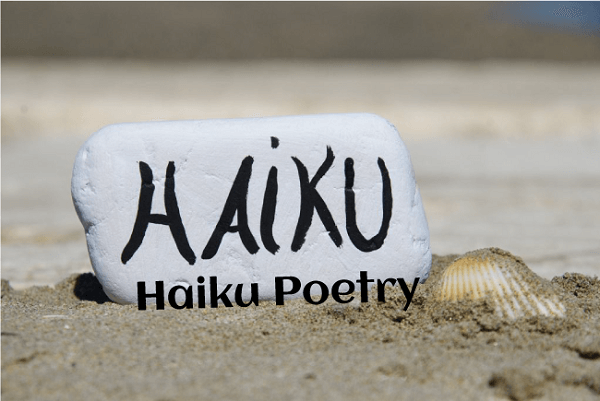
The haiku is a three-line poem with seven syllables in the middle and five in the first and end lines. Haikus have their origins in Japan. They frequently feature a scene from nature. Basho's "The Old Pond" is one of the most well-known haiku poems written by Japanese poets, who have been writing them for a long time. 5. Ode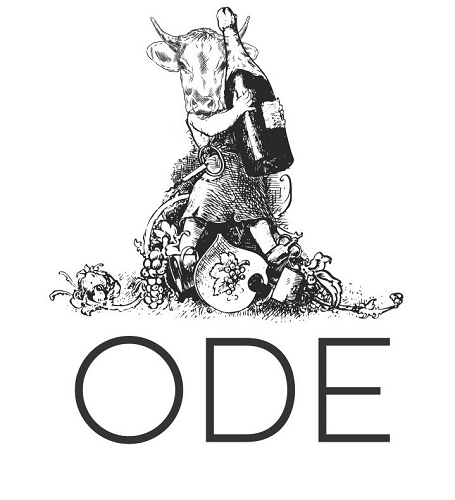
Lyrical poetry called odes has its roots in Ancient Greece. They don't rhyme and are usually brief. They frequently center on a particular person, concept, or occurrence. Ode poems are among the earliest of the diverse kinds of poetry. 6. Sonnet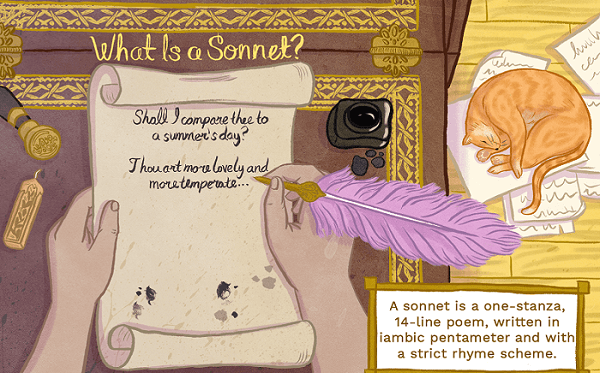
A sonnet is a 14-line poetry that typically addresses the subject of love. Sonnets generally determine with a heroic couplet, an iambic pentameter rhyming couplet with internal rhyme. William Shakespeare popularized this genre by producing 154 sonnets throughout his lifetime. 7. Epic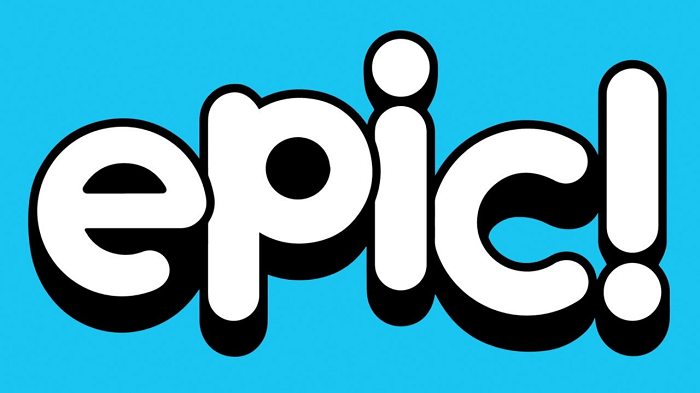
Epic poems are long, narrative pieces of poetry. These lengthy poems often describe the incredible achievements and adventures of historical figures. 8. Narrative Poetry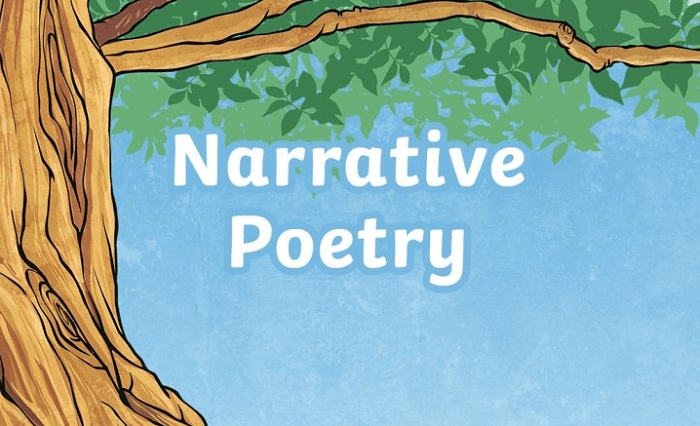
An epic conveys a tale, much like narrative poetry does. Examples of this type include Henry Wadsworth Longfellow's "The Midnight Ride of Paul Revere" and Samuel Taylor Coleridge's "The Rime of the Ancient Mariner," which are two examples. 9. Pastoral Verse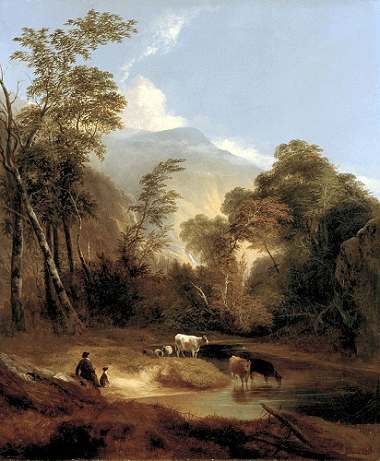
The natural environment, rural life, and landscapes are the subjects of a pastoral poem. These poems have survived from Ancient Greece in Hesiod's poetry to Ancient Rome, Virgil to the current day. 10. Elegies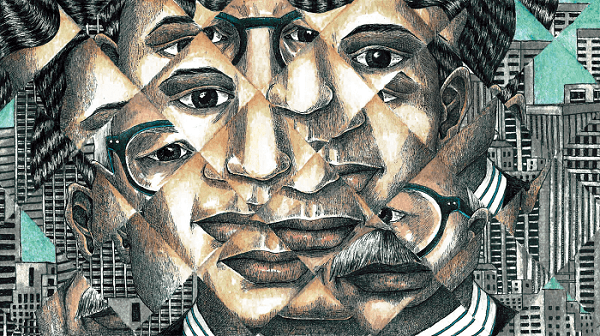
A poem reflecting on loss or death is called an elegy. It typically has themes of sorrow, loss, and reflection. However, it can also look at issues like solace and atonement. 11. Limerick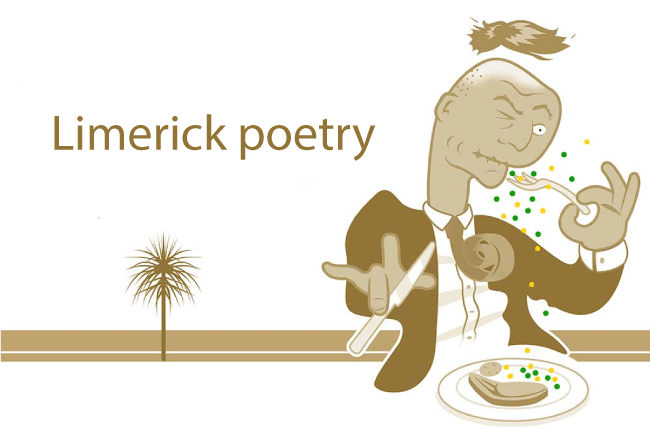
A limerick is a five-line poem with one stanza, the rhyme scheme being AABBA, and the subject matter being a brief, rapid story or description. 12. Lyric poetry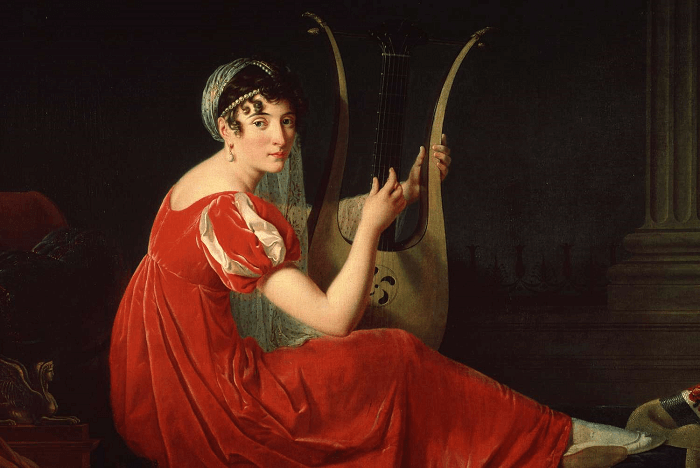
Poetry that deals with feelings and emotions is referred to as lyric poetry. It differs from the epic and dramatic poetry genres because of this. 13. Ballad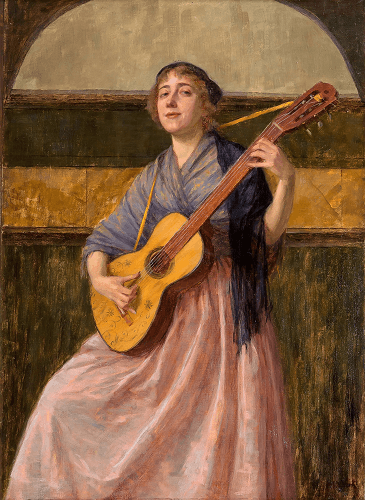
An example of a narrative verse that may be both lyrical and melodic is a ballad or ballade. It typically operates in a rhymed-quatrain format. It symbolizes a musical narrative style, including examples from John Keats and Samuel Taylor Coleridge, to Bob Dylan. 14. Soliloquy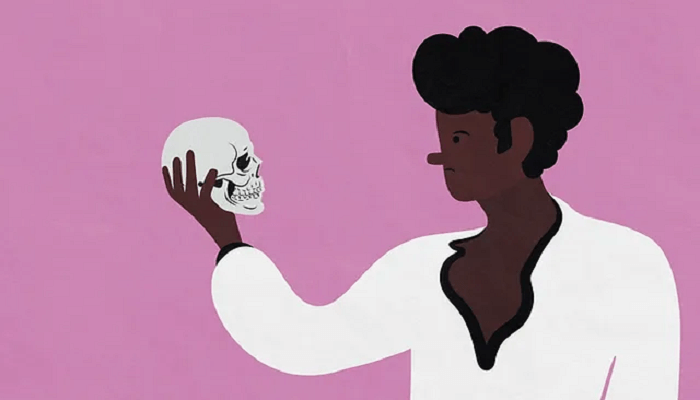
In a soliloquy, a character addresses themselves in a monologue, revealing internal thoughts that the listener may not otherwise know. Although they frequently have poetic qualities, soliloquies are not, by definition, poetry. It is especially true of William Shakespeare's plays. 15. Villanelle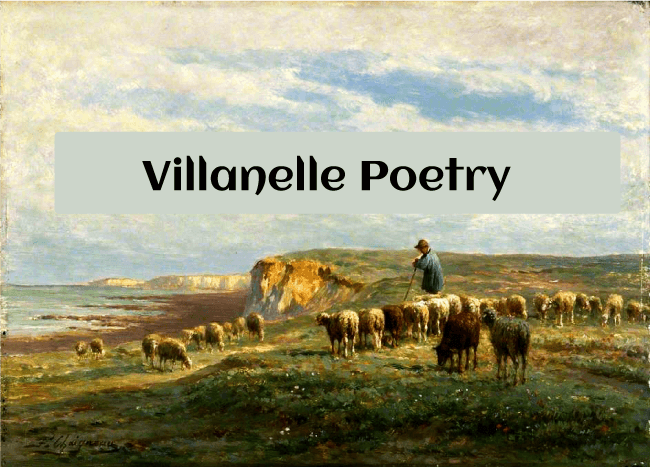
A nineteen-line poem with a highly complex internal rhyme system, composed of five and a quatrain. The villanelle, which was first a pastoral variety, has evolved to convey obsessions and other vital subjects, as demonstrated by Dylan Thomas, whose villanelles include "Do Not Go Gentle Into That Good Night." Meaning of Imagery in PoetryA reader is given a sensory experience through imagery in poetry and other literary works. The reader's senses are engaged skillfully when a poet utilizes descriptive language; they are exposed to sights, tastes, scents, noises, internal and external emotions, and even inner emotions.
Next TopicReading Definition
|
 For Videos Join Our Youtube Channel: Join Now
For Videos Join Our Youtube Channel: Join Now
Feedback
- Send your Feedback to [email protected]
Help Others, Please Share










